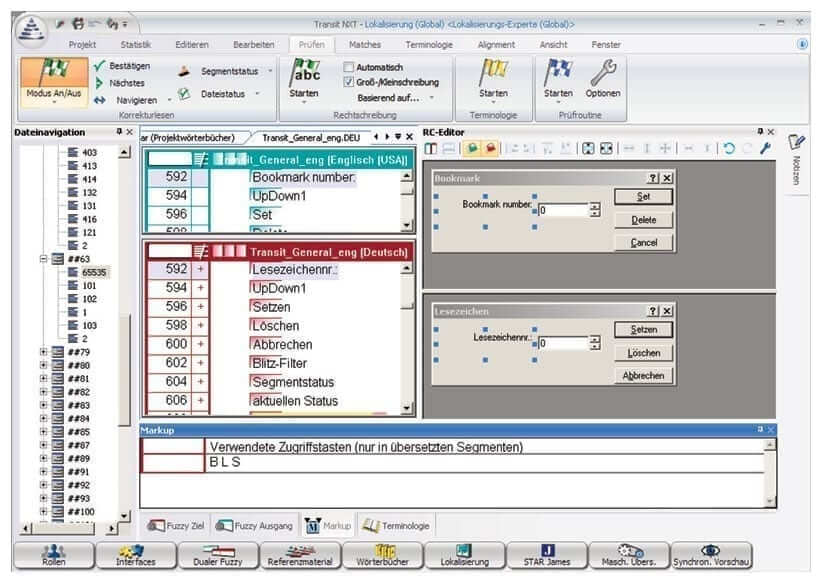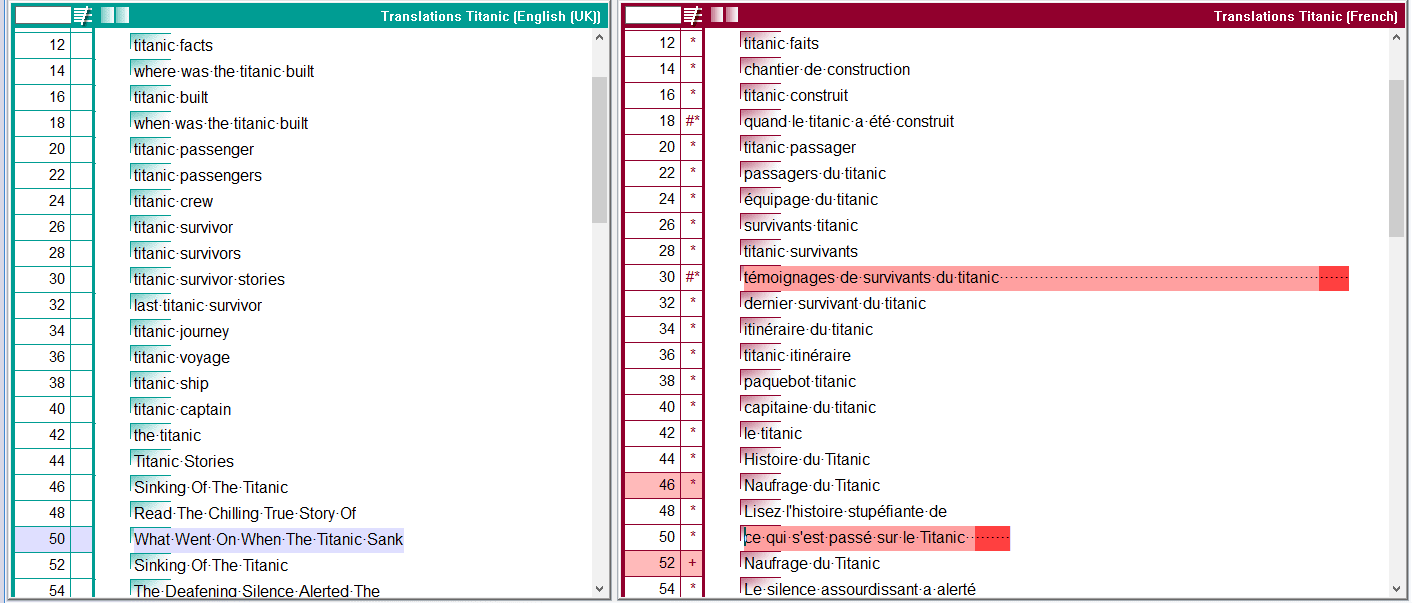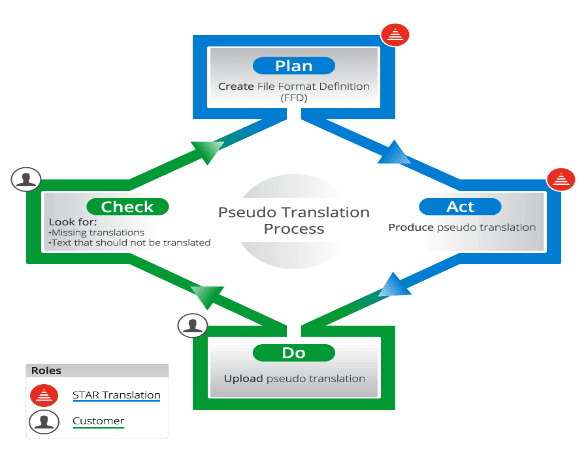Character Length and Width Restrictions
One of the first areas to consider is any character count or width limitations. This is important info that needs to be defined before starting translation as this is an essential element of the project. Translated text can often be up to 30% longer than English – so we need to know if your software has any limitations. The limitations can be expressed in number of characters OR number of pixels available for display. When the limitation is expressed in pixels, we need to review certain letters we use in translation. For example characters such as “i” are thinner than wider characters such as “w”. Each letter has a different pixel width. Occasionally you may need to change the translation to reduce the overall pixel width.
Once these details are highlighted to us within the project brief our production team will set these specifications into our translation editor Transit NXT. This is the editor that all our translators use when translating. It can enforce a number of rules on our translators such as string length.
Example of Transit-NXT our translation editing tool. Image below shows a project with length restrictions included:
The text on the left is the source and the text on the right is the target.
In this example two segments have gone over the character limitation and are highlighted in red. This means that the translator can see that they do not meet the brief in question and will have to rephrase the translation.
String length issues are very common in software and video translation projects.
However, there can be the odd occasion where it simply is not possible to get a suitable match for your text within the string limitation. When this happens, we will provide you with two suggested suitable translations and ask for your input or we can leave the content in English or use abbreviations.
File Filter Definitions (FFD) and Pseudo Translation:
File Filter Definition (FFD): Software and websites use many different file formats. We often come across custom file formats as well. In order to process such files STAR can develop customer file filters or FFD’s to parse your files correctly; protecting your code and tags, whilst enabling our translators to just edit the visible text. We develop custom FFD’s as requested. They help us with your UI translation.
We advise creating an FFD Filter and performing a Pseudo translation to make sure the content required for translation is visible to us in its entirety and that you product functions correctly when the translation as re-imported back in.
We will create an FFD Filter when we are provided across the files required for translation/localisation these are normally either XML, HTML, Xliff or other software files.
In simple terms an FFD Filter is a set of rules we create in to parse (or read) your files. They’re used to help us effectively read any custom file format and advise our translators how to translate your file and protect your original document/code during the translation process.
See our page on File Filter Definitions for more information.
Pseudo Translation is a dummy translation to test your translation process, before the real translation starts.
Pseudo translation is the process of mimicking the process of translating a file into another language. It is a dummy translation used to test if an application will function correctly in another language.
When we are translating website and software content, we advise that we do a pseudo translation to ensure your site or software functions correctly in different languages and all the text for translation has been included in the export.
So, in plain English, it’s a pretend translation used to test the entire process before the real translation begins. Typically, pseudo translation would be used for software or IT-related applications.
In a pseudo translation we replace every vowel in your product with an accented vowel. So for example “e” might become “éé”. We add an accent and double the character for string expansion testing. When you reload the pseudo translation into your system you should be able to see that every single string is touched. If you see a perfect English sentence then this means that string was not visible to the translation company. The string might be hardcoded in your application or system. This would need to be recoded or made visible to us as part of the UI translation.
Sample Pseudo Translation:
Click here to continue …
would become
Clííck hééréé tóó cóóntíínúúéé.
This process is optional, but we would advise this option be included in a website translation project you work on.
See our page on pseudo translation for more information.




